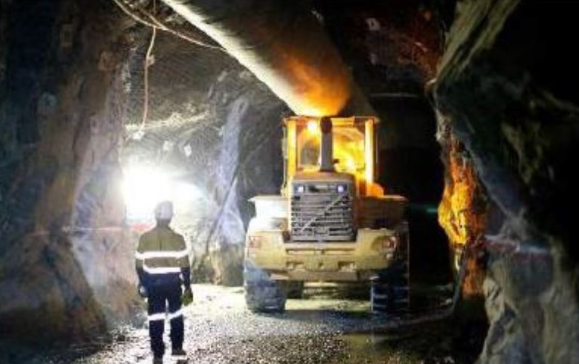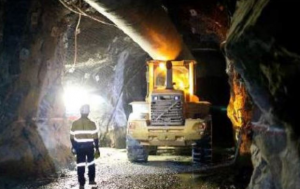In Depth
First major contract award to take Venetia diamond mine underground

Murray & Roberts Cementation has secured a R2.6 billion (ca US$ 250 million) award at De Beers’ Venetia underground mine project. This award is the first of a series of potential awards to Murray & Roberts Cementation by De Beers to build its multi-billion rand underground mine beneath the operating open pit diamond mine.
The Venetia deposit consists of 12 kimberlite pipes. Currently De Beers is mining two of the largest in a single, open pit operation.
The planned investment to convert the open pit into an underground mine is expected to cost some US $2 billion. Open pit operations would continue to 2021 and the conversion to underground mining is expected to extend the life of the mine by 25 years to 2046.
Henry Laas, Group Chief Executive, Murray & Roberts comments “This award by De Beers secures Murray & Roberts Cementation’s first major award at Venetia. The planned total investment by De Beers at Venetia potentially represents the single largest opportunity to Murray & Roberts since the Eskom power build programme.”

The scope of works comprises the building of an entire underground mine, which includes the sinking, equipping and commissioning of a decline shaft and two vertical shafts, horizontal tunnel development to provide access to and the establishment of loading levels, as well as associated ventilation, ground and water handling infrastructure.
Laas continues “This is a flagship project for Murray & Roberts and our local project team has been complimented with project management and operational capacity from our Cementation mining companies in Australia and Canada, demonstrating the breadth of capability and experience available in our Group. The more advanced Canadian shaft sinking methodology will be utilised for sinking the vertical shafts and Cementation Canada, who is recognised as leaders in applying this methodology, will be providing specialist training of the shaft sinking crews.”
Venetia is currently an open pit mine and South Africa’s largest producer of diamonds, contributing 40% of the country’s annual production. The mine is in Limpopo Province in the northeast corner of South Africa.
“The Canadian shaft-sinking model is designed for all activities in the shaft-sinking production cycle to be undertaken in-line. Although good sinking rates are possible with this methodology, the primary drive in the transition to this methodology is improved safety, as no concurrent shaft sinking activities are required,” concludes Laas

